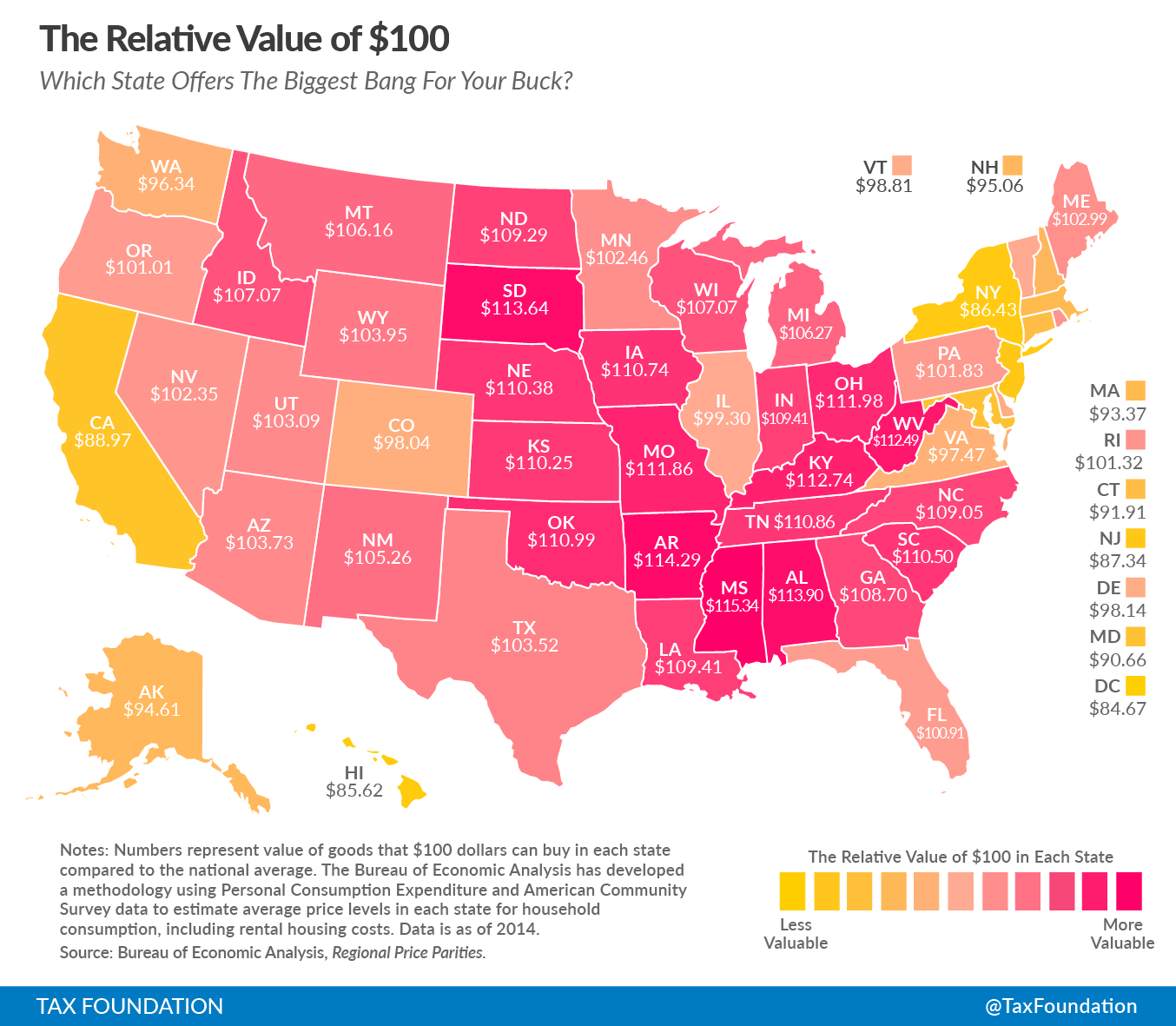Since the 2008 recession, the states with net-inflows of immigrants have changed dramatically from preceding years. So where are new immigrants moving to when they arrive in the U.S.? As a percentage of pre-existing immigrant populations, the biggest net gains are in the Eastern United States, specifically Washington, D.C., Florida, Massachusetts, New York, New Jersey, Connecticut, Maryland, and Virginia.
That’s according to 2016 U.S. Census estimates of state populations. At the same time, except for D.C. in Florida, the net outflow of people living in these states exceeded the number of people moving in. In other words, immigrants are moving into states where Americans are moving out.
On the flip side, Arizona and Nevada are seeing many more people who were already in the U.S. move into these states than the number of immigrants moving in. This is a change from previous decades. Columnist and demographer Michael Barone has a suspicion why this is.
(I)t seems likely given the increasing share of total immigrants coming from Asia rather than Latin America that a large share of these immigrants are Asian and presumably somewhat higher skill, on average, than the Hispanic and mainly Mexican immigrants who surged into the southwestern states in previous decades.
In other words, higher-skilled workers are moving into states where high-skilled industries are operating.
See which other states are experiencing changes in both domestic and immigrant populations.






